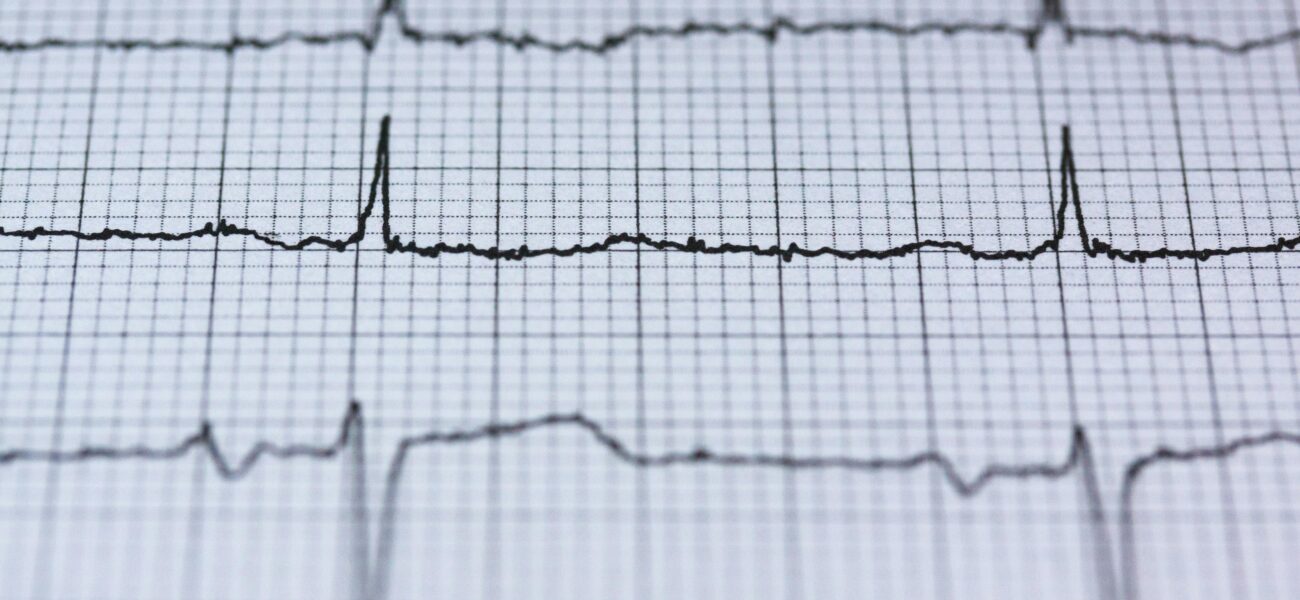The Future of Remote ECG Monitoring
As technology continues to advance, the way we monitor and manage our health is evolving rapidly. One of the most exciting developments in this field is remote ECG monitoring. This technology allows for continuous, real-time tracking of heart activity from the comfort of your home, offering a revolutionary shift in cardiac care. This article explores what makes remote ECG monitoring the future of heart health and how it is set to transform patient care.
What is Remote ECG Monitoring?
Remote ECG (electrocardiogram) monitoring involves the use of wearable devices that track the electrical activity of the heart. These devices, which can be as simple as a small adhesive patch or as sophisticated as a smartwatch, collect data continuously and send it wirelessly to healthcare providers.
Key Components:
- Wearable Sensors: Modern ECG monitors are designed to be comfortable and unobtrusive, allowing patients to go about their daily activities while their heart health is tracked.
- Data Transmission: The collected ECG data is transmitted over the internet to healthcare professionals, who analyze it to detect any irregularities or potential issues.
The Benefits of Remote ECG Monitoring
Continuous Monitoring: Traditional ECG tests offer only a snapshot of heart health. In contrast, remote ECG monitoring provides a continuous stream of data, allowing for a more comprehensive understanding of cardiac rhythms and early detection of abnormalities.
Convenience and Accessibility: Remote ECG monitoring eliminates the need for frequent in-person visits to the doctor. Patients can stay connected with their healthcare provider from anywhere, which is particularly beneficial for those with chronic conditions or who live in remote areas.
Early Detection and Prevention: By continuously tracking heart activity, remote ECG monitoring can help detect issues like arrhythmias or other heart conditions before they become serious. Early detection enables timely intervention, potentially preventing more severe health problems.
Improved Patient Engagement: With access to real-time data, patients are more involved in their own health management. This active participation can lead to better adherence to treatment plans and a greater understanding of their condition.
Challenges and Considerations
Accuracy and Reliability: Ensuring the accuracy of remote ECG devices is crucial. Variability in sensor quality and environmental factors can affect data precision. Ongoing advancements in technology aim to address these challenges and improve device performance.
Data Security: Protecting patient data is a major concern. Remote ECG systems must use robust encryption and secure transmission methods to safeguard sensitive health information from unauthorized access.
Patient Compliance: Effective remote ECG monitoring relies on patients using the devices correctly and consistently. Providing clear instructions and support is essential to ensure optimal device use and data collection.
The Future of Remote ECG Monitoring
Technological Innovations: The future of remote ECG monitoring will likely see continued advancements in sensor technology, making devices even more accurate and user-friendly. Improved battery life and integration with other health technologies will enhance the overall user experience.
Integration with AI: Artificial Intelligence (AI) has the potential to revolutionize remote ECG monitoring by analyzing large volumes of data more efficiently. AI algorithms can help identify patterns, predict potential issues, and assist healthcare providers in making more informed decisions.
Enhanced Connectivity: As telemedicine and digital health solutions become more integrated, remote ECG monitoring will likely be incorporated into broader healthcare systems. This integration will facilitate seamless data sharing between patients, providers, and other healthcare professionals, enhancing care coordination.
Regulatory and Policy Developments: The evolution of remote ECG monitoring will also be shaped by regulatory and policy changes. Ensuring that devices meet high standards of accuracy and data security will be essential as this technology becomes more widespread.
Conclusion
Remote ECG monitoring represents a significant leap forward in cardiac care, offering continuous, real-time insights into heart health that were previously unavailable. As technology continues to advance, the integration of remote ECG monitoring with other digital health tools and innovations promises to further enhance patient care and outcomes. By addressing current challenges and embracing future developments, remote ECG monitoring is poised to become a cornerstone of modern cardiovascular management, making heart health more accessible and manageable than ever before.



